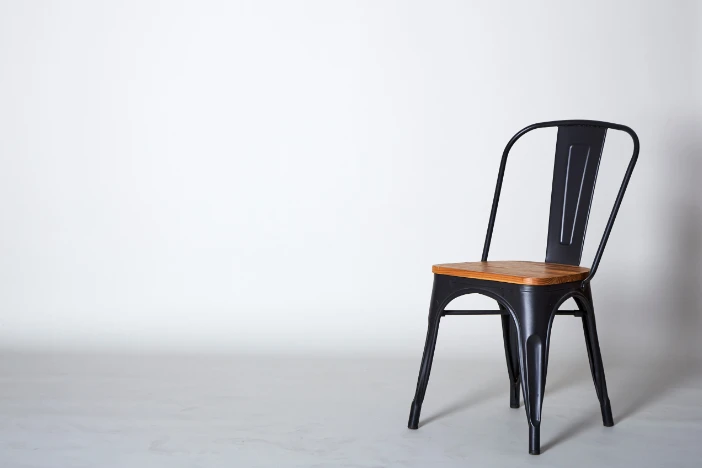
The fourth section of our sweeping review of design aesthetics includes a mix of pastoral, weathered and ornate styles.
Farmhouse
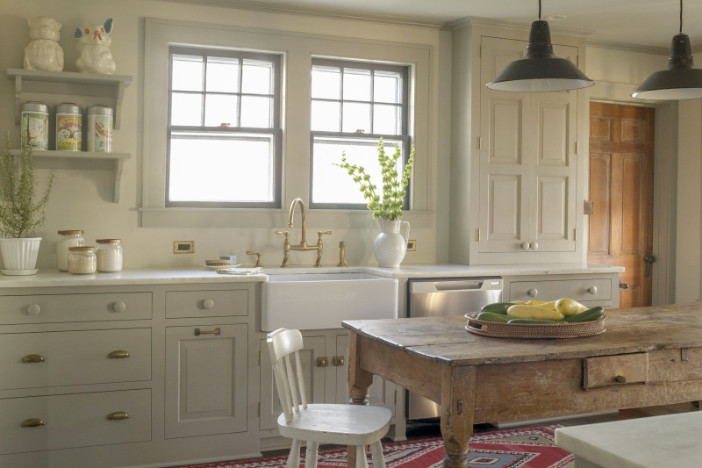
Farmhouse style celebrates honest craftsmanship and the easy comfort of rural life. Forms stay practical: wide trestle harvest tables, spindle‑back Windsor chairs and unfussy Shaker cabinets built for daily work. Texture does the heavy lifting. Hand‑planed oak beams, scrubbed pine floors, and shiplap walls sit next to nubby linen slipcovers, grain‑sack pillows and a flash of galvanized steel or chicken‑wire mesh.
The palette is sun‑washed. Layered whites lead the way, lifted by soft greys, putty and muted meadow greens. Warmth arrives through reclaimed woods, oil‑rubbed bronze latches and aged copper pendants. Signature materials include apron‑front fireclay sinks, butcher‑block or soapstone countertops, brick or subway‑tile backsplashes and cast‑iron stove ranges. Mason jars, woven baskets and enamelware add useful ornament rather than clutter.
Iconic pieces include the Hoosier kitchen cabinet, a rough‑sawn plank bench and, more recently, the X‑base “crossbuck” coffee table popularised by TV’s Fixer Upper. Designers who shaped or revived the look range from early American Shaker artisans to Ralph Lauren’s Home collection and Thomas O’Brien’s Aero Studios. Today Joanna Gaines and Jean Stoffer keep the farmhouse conversation fresh, pairing time‑tested silhouettes with tailor‑made millwork and smart modern lighting.
Finnish
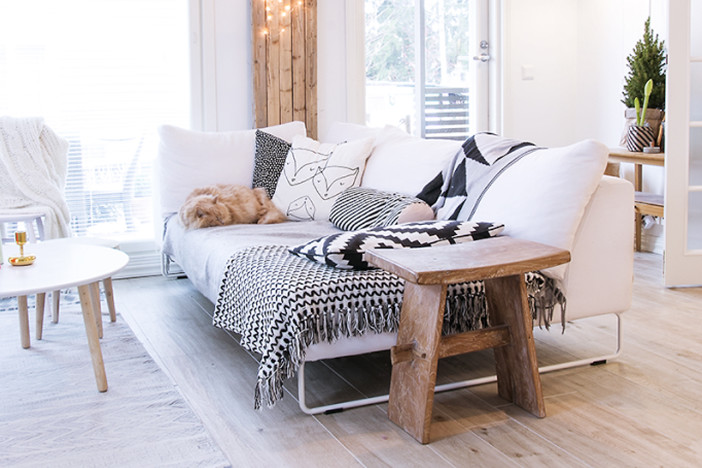
Finnish interior design blends modernist principles with a deep respect for nature, craftsmanship and comfort. Spaces are bright and unpretentious, anchored by large, boxy windows that welcome natural light during long winters. Light-toned woods like birch and pine are used for walls, ceilings and floors, giving rooms a warm, organic feel without visual heaviness.
Forms are clean and functional but never cold. Furniture is lightweight with open silhouettes. Bent plywood chairs, cantilevered frames and smooth, rounded edges are common. Textures stay soft and natural. Felted wool throws, linen curtains and raw wood finishes keep things tactile and inviting. A signature material in Finnish homes is soapstone, which is often used in sculptural fireplaces that radiate slow, steady warmth.
The color palette leans toward pale neutrals, soft grays and earthy accents with occasional bold prints or saturated hues for contrast, especially in textiles.
Iconic pieces include Alvar Aalto’s Paimio Chair and Savoy Vase. Both of these items are celebrated for their fluid, human-centered design. Eliel Saarinen’s architectural work influenced early 20th-century interiors with its integration of structure and style. More recent Finnish design names like Eero Aarnio and Ilmari Tapiovaara continue the tradition of balancing form and function with playful minimalism.
Flemish
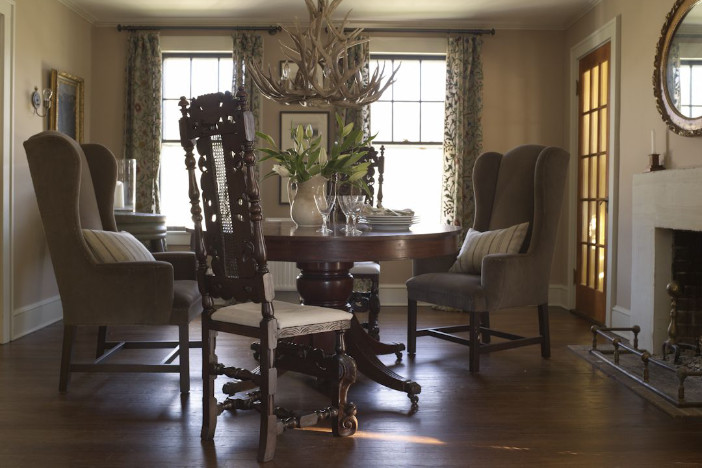
Flemish design blends rustic restraint with quiet sophistication. It draws heavily from Dutch Renaissance traditions. Rooms feel grounded and lived-in, marked by a subdued palette and an appreciation for age-worn materials. The overall look is simple and pared-back but there’s a deep sense of history and texture in every detail.
Furniture is substantial. Pieces are often made of dark-stained oak or walnut with rich patina and feature hallmark elements like the “Flemish foot,” a curved S- or C-shaped leg with ornate carving. Upholstery leans toward heavy linens, tapestries or leather with modern interpretations favoring oversized slipcovered seating that softens the formality.
Color use is minimal. Earth tones, greys, and natural off-whites dominate, letting the texture of materials do the talking. You’ll often see raw plaster walls, distressed unfinished woods, exposed beams and hand-formed brick. These surfaces evoke age and quiet durability. Flemish-style ripple glass, with its signature wavy distortion, shows up in cabinets, shower doors and windowpanes, offering a hint of privacy and visual intrigue.
Axel Vervoordt is the most influential figure in modern Flemish design, known for his serene, wabi-sabi-inflected spaces that celebrate imperfection and timelessness. His work has helped push Flemish interiors toward a more minimalist but soulful direction, where antiques, natural light and quiet craftsmanship speak louder than ornament.
French
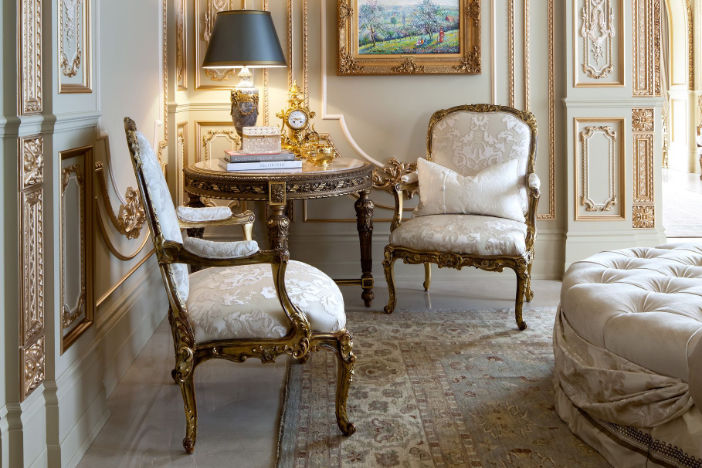
French style is known for its effortless elegance. It’s a balance of ornate detail, refined materials and relaxed charm. Rooted in classicism but never rigid, French style embraces symmetry, proportion and timeless craftsmanship. Soft, muted tones like beige, ivory and dove gray dominate the palette. They’re often used consistently throughout the space to create a calm, unified look.
Walls feature decorative plaster moldings, raised paneling and ceiling medallions. They add depth and texture without overwhelming the room. Gilded accents in gold, bronze or silver are common on mirrors, lighting and hardware, lending a touch of grandeur. Wrought iron chandeliers with cascading crystals or antique sconces elevate the ambiance with classic French drama.
Furniture is heirloom-inspired with graceful silhouettes and detailed carvings. Cabriole legs, scrolled arms and ornate flourishes are signatures, especially on Louis XV and Louis XVI pieces. Rich hardwoods, usually in a polished or lightly distressed finish, are paired with soft natural fabrics like linen, cotton or cheesecloth in light tones that soften the overall feel.
Iconic French furniture includes the bergere and fauteuil armchairs, marble-topped commodes and delicate writing desks. Designers like Jean-Michel Frank and Madeleine Castaing helped modernize and personalize French interiors in the 20th century, while current tastemakers like Jacques Garcia continue to evolve the look with bold scale and layered textures. French style is both curated and lived-in—never fussy, always intentional.
French Provincial
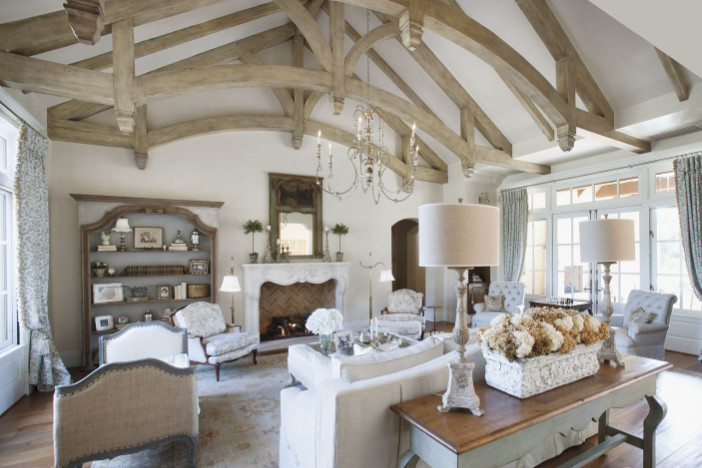
The French Provincial aesthetic blends rustic charm with refined elegance. It’s inspired by the country homes of southern France. Rooted in 17th and 18th-century provincial life, the style balances symmetry, comfort and understated ornamentation. It offers a warm alternative to the more formal Parisian aesthetic.
Homes often feature natural materials like stucco, stone and brick, which carry indoors as accent walls, fireplace surrounds and weathered wood beams. Furniture is graceful but not overly delicate. Arched armoires, carved ladder-back chairs and cabriole-leg tables are common. They’re typically made from oak or walnut and finished with a soft patina.
Colors are gentle and sun-washed: creamy whites, muted yellows, dusty blues and pale pinks create a sense of romance and ease. Textures play an important role with distressed woods, wrought iron, linen upholstery and subtly embroidered cottons bringing depth and softness. French doors, arched windows and curved entryways add architectural elegance without excess.
Ornamentation is light but thoughtful. Floral carvings, scalloped aprons and subtle moldings show up across furniture and millwork. Iconic pieces include the fauteuil armchair, the Louis XV-style settee and rustic farmhouse tables with turned legs.
Though rooted in tradition, French Provincial has been kept alive and relevant by designers like Pierre De Meuron and more recently, Axel Vervoordt, who pair antique forms with minimal modern styling. The result is a look that feels timeless, grounded and quietly luxurious.
Georgian
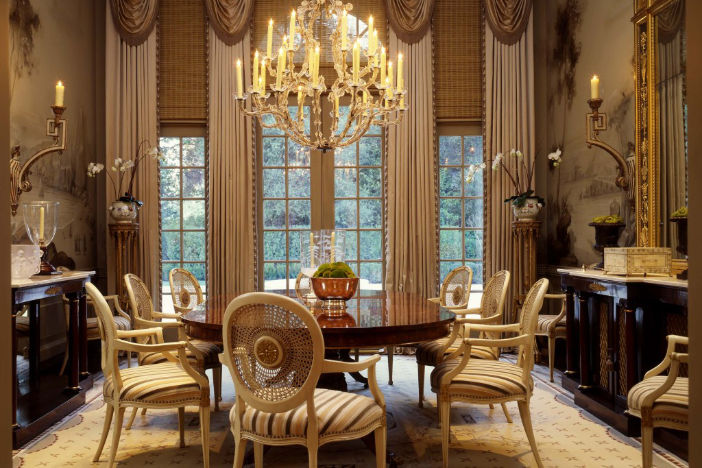
Georgian design is rooted in the architectural ideals of balance, proportion and classical beauty. Inspired by the refined tastes of 18th-century Britain, the style spread to colonial America, where it shaped the elegant interiors of New England homes and later evolved into the Federal and Adam styles.
Symmetry is central to Georgian design, both in layout and decor. Walls are often divided by ornate paneling and finished with dentil crown moldings, ceiling medallions and decorative plasterwork. Fireplaces serve as formal focal points, typically flanked by built-in bookcases or panelled walls and accented with painted screens or marble surrounds.
Furniture follows classical lines with strong, graceful forms and rich detailing. Dining chairs and sideboards feature carved legs, ball-and-claw feet and intricate back splats. Mahogany, walnut and cherry are favored woods, polished to a deep luster and often paired with brass hardware.
Color palettes are soft and sophisticated. Sky blue, sage green, dusty rose and muted ivory lend a sense of calm and refinement. Textiles such as damask, brocade and needlepoint bring in subtle texture and pattern. Grand chandeliers of cut glass, silver or painted wood add drama, while wall-mounted brass sconces and candelabras provide ambient lighting.
Iconic Georgian pieces include Chippendale chairs, camelback sofas and breakfront cabinets. Key figures of the era include Thomas Chippendale and later Robert Adam, whose designs defined the elegance and precision of the Georgian aesthetic. The result is a style that feels formal, inviting and eternally classic.
Gothic
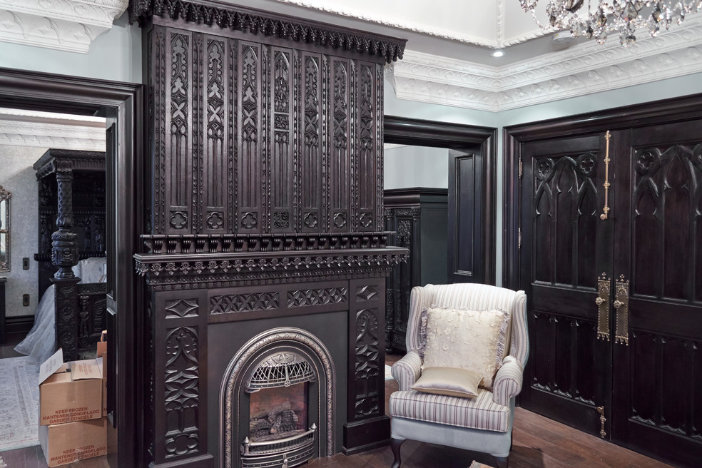
The Gothic aesthetic is a richly atmospheric style that emerged in the Middle Ages as an evolution of Romanesque architecture. Known for its grandeur and vertical drama, Gothic interiors feel like stepping into a cathedral or castle—lofty, ornate and full of history.
The most recognizable element is the pointed arch, which appears in doorways, windows and tracery details. Interiors may feature rib-vaulted ceilings, tall lancet windows and, in grander interpretations, flying buttresses that contribute to the architectural storytelling. Wood paneling, carved stone and decorative plasterwork bring texture and depth to walls and ceilings.
Furniture is sturdy and sculptural. Box chairs with paneled sides, tall backs and hidden storage are a Gothic staple. They’re often made from oak and embellished with linenfold carving or religious motifs. Heavy trestle tables and massive chests contribute to the grounded, fortress-like feel of the space.
Color plays a bold but controlled role. While Gothic design is often associated with dark, moody tones, it actually incorporates rich jewel hues like crimson, emerald, sapphire and deep gold. These appear in stained glass windows, velvet upholstery and tapestry accents. Stained and leaded glass, especially in rose or quatrefoil patterns, add a sacred glow to light-filled spaces.
Although Gothic design predates named designers, its revival during the 19th century brought attention to figures like Augustus Pugin, who helped reintroduce medieval aesthetics to Victorian homes. Today, Gothic style remains a favorite among those who appreciate historical depth, romanticism and architectural drama.
Greek
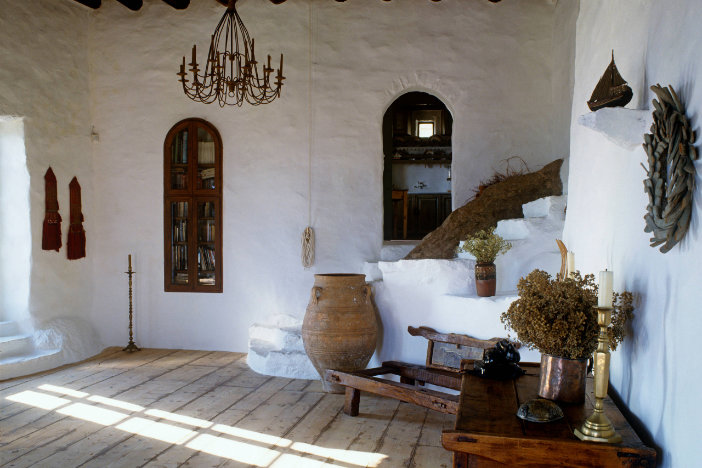
Greek style draws from both ancient classical heritage and relaxed island living, blending structure and serenity in equal measure. The look is clean and timeless, with roots in antiquity but a distinctly Mediterranean ease.
Whitewashed walls and high, airy ceilings set the tone. Textured plaster finishes catch the light, while stone or tile flooring keeps interiors cool. A calm palette of warm neutrals and deep Aegean blues reflects the landscape—sun-bleached earth, sky and sea. Gilded details, often seen in faucets, mirrors or lighting, add just a touch of luxury without overwhelming the simplicity.
The iconic Greek key (a.k.a. meander pattern) is a central motif. It appears in everything from tile borders and architectural moldings to textiles, pillows and wallpaper, symbolizing infinity and unity. Furniture follows classical lines that are simple, yet refined with soft curves and outward-flaring legs that recall ancient klismos chairs. Materials like wrought iron, carved wood and cast metal are common. They’re often finished with a natural patina.
Decor leans minimal but purposeful. Terracotta vessels, handwoven rugs and marble accents speak to the region’s artisanal history.
While Greek design dates back thousands of years, it influenced entire design movements, including Neoclassicism. The klismos chair, with its splayed legs and curved backrest, remains an iconic form revived by designers like T.H. Robsjohn-Gibbings and modern classicists such as Themis Zouganeli. Greek interiors are as much about proportion and poise as they are about sunlit comfort and soulful simplicity.
Hygge
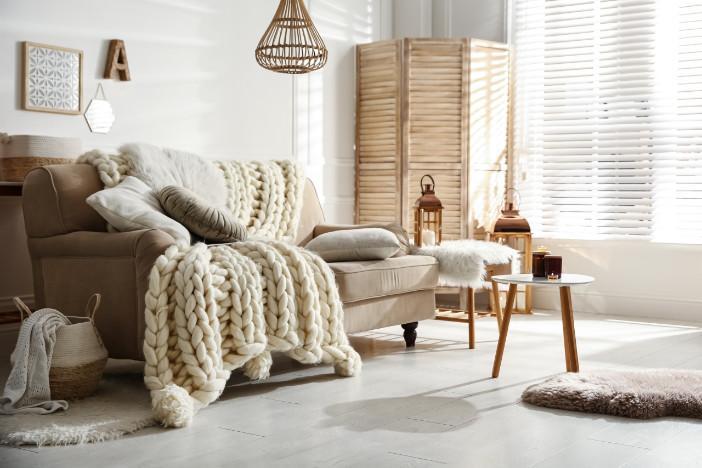
The holistic Danish design style Hygge (pronounced “hoo-gah”) relies on all five senses to create an inviting and cozy environment that evokes feelings of well-being and togetherness. This Norwegian term originated centuries ago in response to harsh winters and long periods of darkness to lift spirits by creating a welcoming ambiance emphasizing the simple pleasures in life.
Hygge incorporates minimalism, neutral palettes and warm lighting to allow a space to breathe and convey an inviting, soothing vibe. Finely crafted furniture has clean lines and uses natural materials like wood and leather with soft textile accents like cashmere or sheepskin-lined fluffy blankets and throw pillows.
Subdued muted earth tones and soft creams are used for upholstery, walls and area rugs. Natural sunlight and the warm glow of candles and a roaring fireplace are preferred over artificial LED illumination. Splashes of color from a few potted plants or select pieces of artwork help to prevent the area from becoming lifeless and boring.
Private areas for intimate conversations over a steaming cup of tea and reading nooks for curling up with a good book are frequently used in Hygge-style outdoor and indoor settings. as they provide an opportunity to enjoy a quiet moment. This Scandinavian concept even utilizes scents like cinnamon, vanilla and ginger to imbue the space with a comforting and familiar sense.
Indian
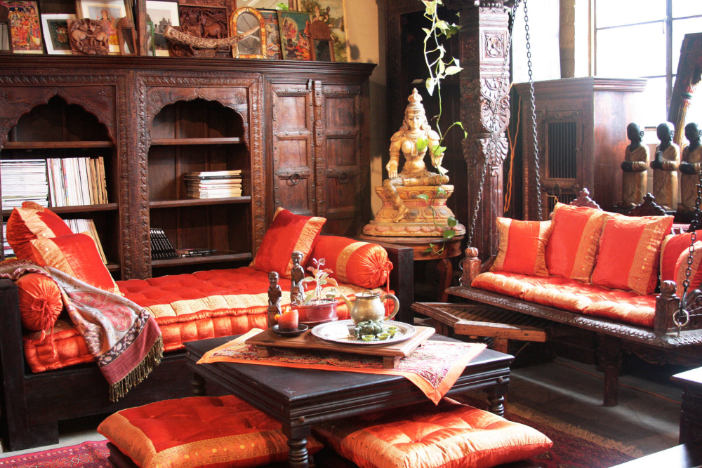
Similar to Arabian design, Indian interiors boast exotic rich colors and textures. Imagine deep red walls combined with copper pillars and a red leather ottoman. Furniture is typically handcrafted and ornately carved using solid wood. Indian furniture is slightly rustic in appearance – you’ll usually see woods like ebony, rosewood and teak used for everything from dining room chairs to chests and coffee tables. Chairs and tables traditionally feature curved armrests and legs. Brightly painted cabinets are often embellished with decorative inlays of stone, metal, mirrors or ivory. Informal seating areas in Indian homes often incorporate footstools, diwans or even luxurious jhoola swings.
Handspun natural fiber fabrics such as khadi are used to upholster dining chairs while rich silk and ikat highlight accent and centerpiece items. More rugged materials like jute cover ottomans and more utilitarian furnishings. Hand-woven and embroidered rugs and floor cushions are used liberally throughout Indian homes. Beautifully colored tapestries depicting flora, fauna and mandalas are used window treatments, pillows and throw blankets.
Industrial
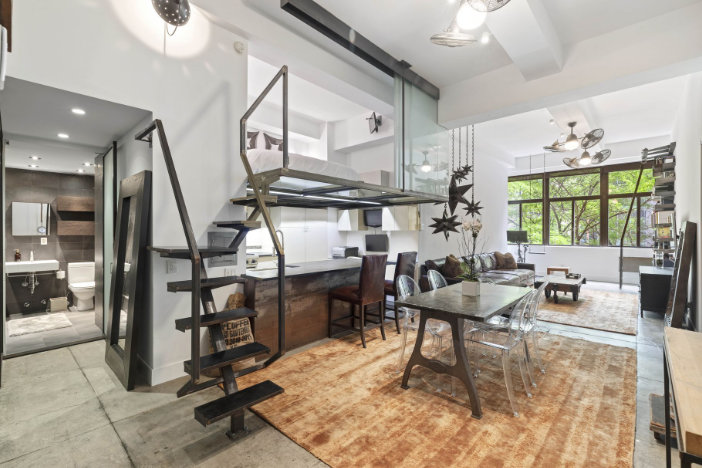
Industrial interiors give off a cool, modern vibe. The style blends new and repurposed items for a unique combination of modern and vintage. Industrial design is characterized by clean open spaces – every room from the kitchen to the basement contains high, spacious loft-like ceilings. Color palettes are kept cool and subdued – you’ll often see a mix of grays, blacks and whites complemented by pops of blues or greens. Metal is the most often used material in industrial design. It offers a rugged charm and can be used on anything from light fixtures and countertops to stairwells and faucets. Steel or aluminum chairs and tables are often present both indoors and ouside. Industrial chic decor has become the style of choice for many urban loft spaces that were formerly factories, schools or other old buildings with exposed brick and rafter ceilings.
Italian
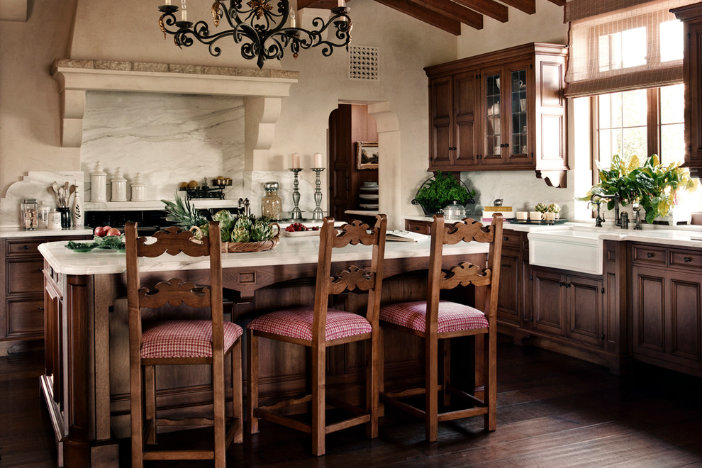
Italian interiors are filled with natural hues like off-whites and beiges. Splashes of Mediterranean colors such as brilliant blues, rich greens, burnt oranges and gentle yellows also make an appearance. Natural light is emphasized in the home in order to show off the extensive color palette. Italian homes are characterized by a natural appearance – stone, slate and granite are used throughout the interior on countertops and accent walls. Terracotta tiles and ornately detailed mosaic tiles are used in backsplashes to bring an accent of bright color to the distinguished old world space. This style incorporates open spaces with over-sized windows that allow the outdoors to show through and is mirrored by assortments of potted greenery inside. Ornate wrought iron is frequently used on banisters, balconies and fencing.

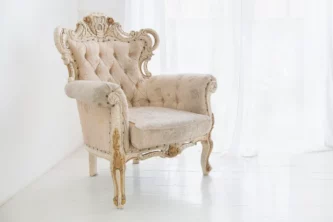
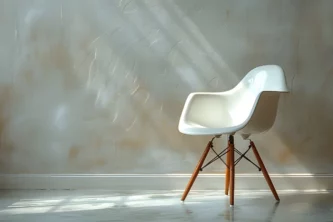
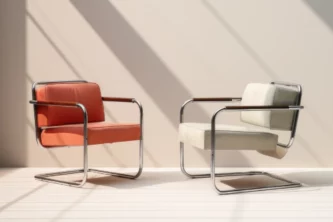
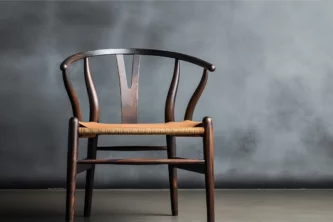
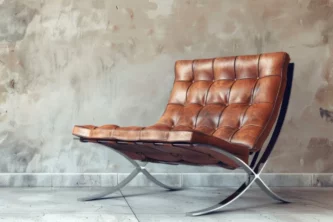
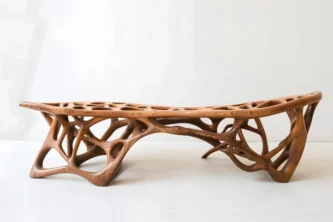
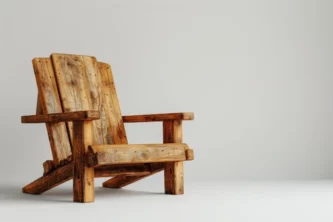
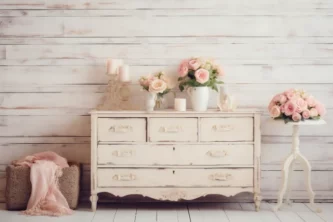
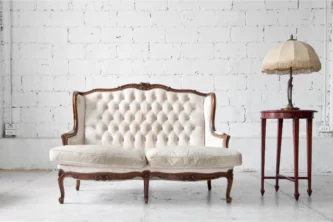




Leave a Reply